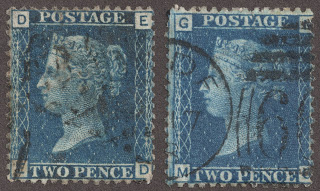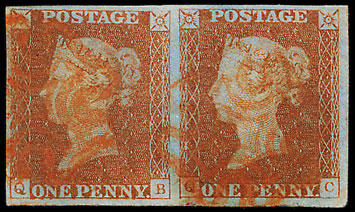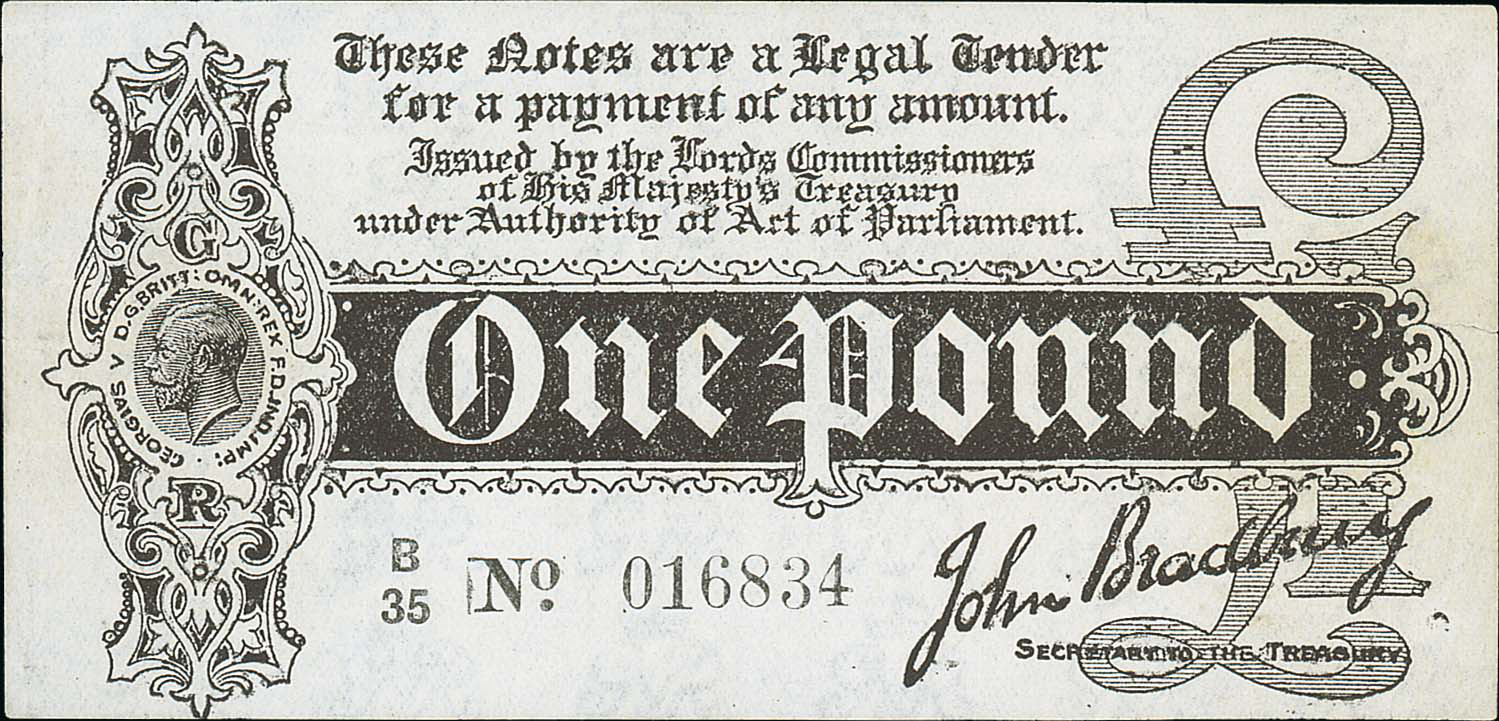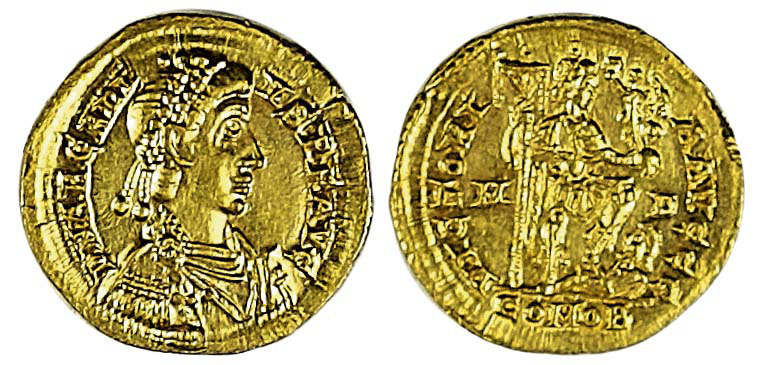THE HISTORY OF THE BATTLE OF WATERLOO
The historic Battle of Waterloo took place on 18 June 1815, in present-day Belgium near Brussels. The conflict saw the French Army, led by Napoleon Bonaparte, go head to head with the Seventh Coalition – a combined army which included British troops under the Duke of Wellington’s command.
According to British military records, the Seventh Coalition was made up various states who had opposed Napoleon’s return to power as French Emperor in 1815.
The coalition force comprised an army of 68,000 Anglo-Allies and 50,000 Prussians, who were led by Gebhard von Blücher.
After three days of intense fighting, Napoleon's 72,000-strong army were defeated at Waterloo, with 24,000 soldiers killed and up to 8,000 captured, bringing an end to his rule of the French Empire.
According to official war service records, the Anglo-Allied forces suffered 3,500 fatalities, more than 10,000 men were wounded and 3,300 were missing from a total of 68,000 troops.
During the aftermath of the bloody battle, which marked the end of Napoleon's ‘Hundred Days’ return from exile, the coalition forces entered France to help restore Louis XVIII to the throne, where he ruled for just under a decade before his death in 1824.
Napoleon subsequently abdicated, surrendered and was exiled to the tropical island of Saint Helena in the South Atlantic Ocean, where he died in 1821.
Interestingly, the Battle of Waterloo actually brought an end to a succession of wars which had littered Europe since the French Revolution in 1789, paving the way for a near 50-year period of European peace which lasted until the outbreak of the Crimean War in 1853.
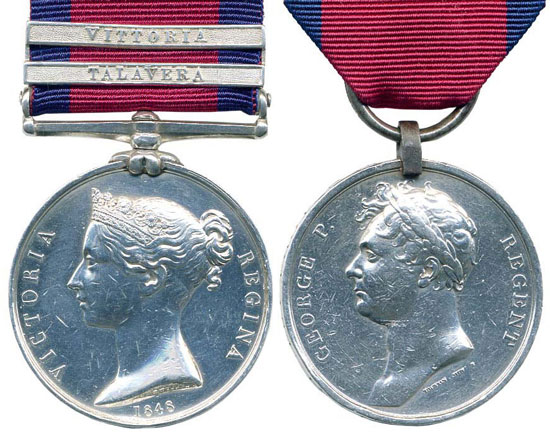
THE WATERLOO MEDAL’S HISTORY AND SIGNIFICANCE
The Waterloo Medal is an extremely important part of military history for the following four reasons.
1. It was issued to all soldiers present at the battle regardless of rank, making it the British Army’s first ‘true’ campaign medal.
2. The medal was the first to be engraved with the soldier's name, rank and regiment around the edge - setting a precedent for all future awards.
3. The medal’s design, metal and size was repeated on most future British campaign medals.
4. It was the first campaign medal awarded to the families and next-of-kin of soldiers killed in action.
At the time it was granted, the Waterloo medal was unpopular in the British Army because veterans of the Peninsula War felt such a public acknowledgement was unnecessary as they believed soldiers at the battle had simply done their duty.
Prior to this decision, the British military had proudly rebelled against the issuing of medals, a common practice among foreign armies.
In addition to the Waterloo medal, each soldier received two years extra service and pay in recognition for their efforts. They were widely referred to as ‘Waterloo Men’.

THE WATERLOO MEDAL’S DESIGN AND FEATURES
Originally, the plan was for Waterloo medals to be awarded in bronze, but this decision was overturned at a late stage and they were produced in solid silver, measuring 37mm (1.5 inches) in diameter.
The medal was designed by Thomas Wyon, Chief Engraver to the Royal Mint.
Obverse design: A left-facing effigy of Prince Regent with the inscription “GEORGE P. REGENT” – rather than depicting the actual reigning but insane monarch King George III.
Reverse design: A figure of Victory seated on a plinth with the words "WATERLOO" and "JUNE 18 1815" below accompanied by "WELLINGTON" above.
Crimson ribbon with dark blue edges: Measuring 37mm wide (1.5 inches) and each stripe is of equal 7mm width – creating a blue/crimson/blue ribbon pattern.
Ribbon Bar: There was no provision for this, with the medal itself to be worn in uniform at all times.
Recipient's name, unit and rank for everyone except privates: Impressed upon the medal’s rim in large serif capitals with a series of star-shaped stamps filling the space at each end.
Suspender: A steel clip and large iron ring on top of the medal. Many recipients had more attractive and hard-wearing suspensions made privately as the original was prone to rust.
Clasps: None
WHICH NATIONS ISSUED THE WATERLOO MEDAL?
As well as the Waterloo Medal issued by the UK, six other nations also struck decorations for their troops who were part of the campaign.
Unfortunately, Belgium did not follow suit so their soldiers did not receive any official recognition for their efforts.
Prussian Campaign Medal, 1813-15, 1815 (Kriegsdenkmünze): Reportedly made from the captured brass French cannon, combatants received the round 1815 medal whilst non-combatants were awarded the oval version.
Hanoverian Waterloo Medal: The soldiers of Hanover were awarded a Waterloo Medal, whilst some of the King’s German Legion troops received a British and Hanoverian medal.
Nassau Waterloo Medal: Awarded to the many Nassau troops who served in the Netherlands Army, who didn’t issue a Waterloo Medal until much later in 1865.
Netherlands Silver Memorial Cross 1813-15 (Zilveren Herdenkingskruis): Awarded in 1865, Dutch soldiers had to wait until the 50th anniversary before their medal was produced.
Brunswick Waterloo Medal: Like the Prussian honour, this campaign medal was also believed to have been made from a captured brass French cannon.
Saxe-Gotha-Altenburg Medal, 1814-15: Common soldiers received an all-bronze medal, with gilted highlights added for NCOs and an all gilt bronze piece awarded to officers.
As you might expect, France did not issue any Waterloo medals after suffering defeat, but the St Helena Medal was issued in 1857 to the veterans who served in Napoleon’s armies. Almost half a million of these are believed to have been issued.
WATERLOO MEDALS FOR SALE – WHAT ARE THEY WORTH?
Waterloo Medals are much loved for the bravery and extremely personal connections they reflect from a gruelling campaign.
Collectors are often motivated by the provenance and personality behind the medals (rank, rarity, and regiment), rather than their quality and condition.
Medals with their natural patina and original silk ribbon, no matter how faded or frayed, are now being viewed as an affordable way to obtain a slice of military history.
In our experience, this is why some Waterloo Medals for sale in less than perfect condition are still highly sought after by both seasoned collectors and first-time buyers.
Back in March 2013, a Waterloo medal sold for £7,500 to an anonymous private collector from Lancashire – three times its estimated price.
In April 2015, the 200th Anniversary year of the Battle of Waterloo and the end of Napoleon Bonaparte’s rule of France, an 1815 Waterloo Medal for sale at auction with Warwick & Warwick achieved £6,195.
The honour had been awarded to George Willett, of the 2nd Royal North British Regiment of Dragoons. Better known as The Scots Greys who were immortalised in a painting by Lady Butler of their charge at Waterloo (pictured below).
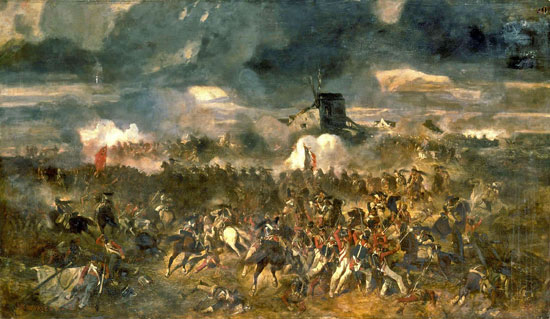
In recent years, we have seen Waterloo medals for sale with estimates from £1,600 right up to as much as £10,000. As is usually the case, these figures depend heavily on the recipient's rank and regiment.
If you own a Waterloo medal or collection which you’d like to be valued, we would be more than happy to hear the fascinating story behind the original owner and regiment in which they served.
For a fast, accurate and free medal valuation, please get in touch or call 01926 499031 – all estimates are issued without any obligation to sell.
If you're keen to learn more, see our How much are my medals worth? guide.
To browse all the medals we have for sale, visit our online auction catalogue now!
THE WATERLOO MEDAL IN SUMMARY
What campaign was it for? Victory at Waterloo.
When was it issued? 23 April 1816.
What’s it made from? Silver, measuring 37mm (1.5 inches) in diameter.
What was it awarded for? Campaign service
Who was eligible? Everyone involved in battle at Ligny (16 June 1815), Quatre Bras (16 June 1815) and Waterloo (18 June 1815).
How many were awarded in total? 38,500 from the 39,000 produced.
Who was it designed by? Thomas Wyon, Chief Engraver to the Royal Mint.
What was the naming protocol? The recipient's name, rank and unit were impressed on the rim. A series of star-shaped stamps fill the space at each end.
What ribbon does it feature? Crimson ribbon measuring 37mm wide with dark blue edges of equal 7mm width.
How many clasps were issued? None.
What’s it worth today? Waterloo medals can realise up to £10,000 depending on the recipient, provenance and history.

